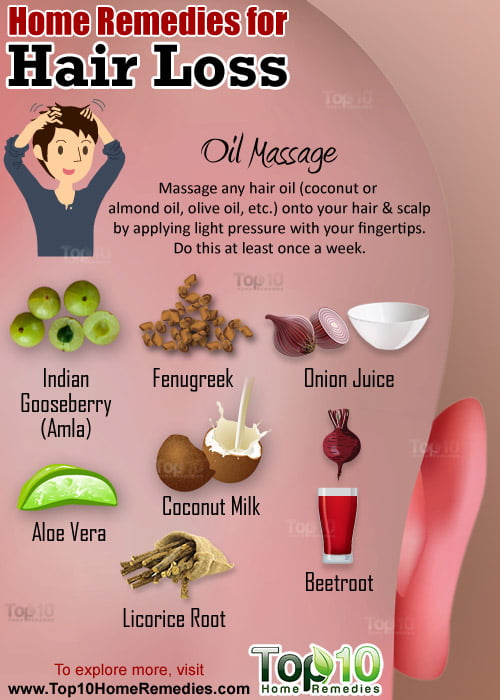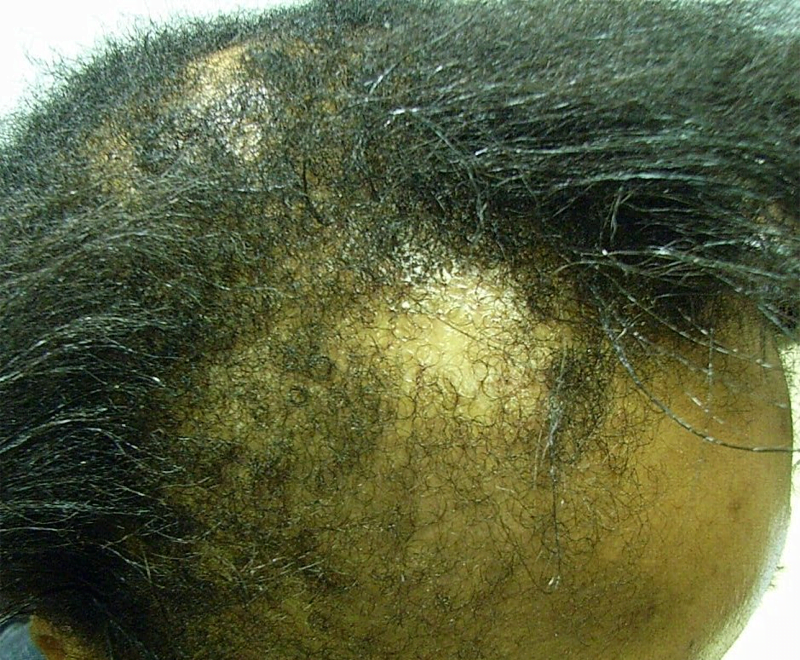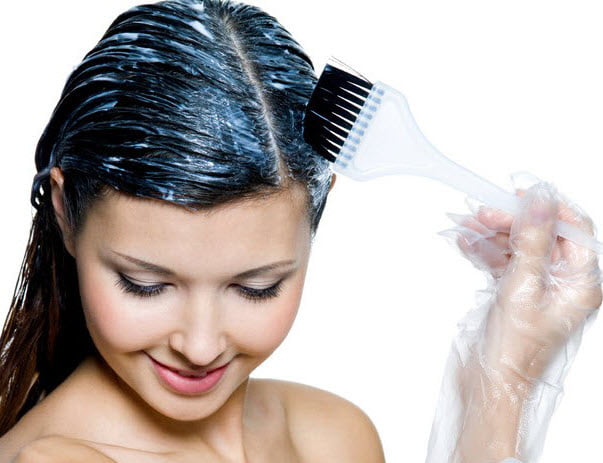
Unlike men, who tend to go bald in patches on the temples and the crown, women are more likely to suffer from uniformly diffuse thinning around the entire scalp. Photo: 123rf.com
Two thirds of men experience hair loss before hitting 40. They undergo tens of thousands of dollars’ worth of transplants and finasteride just to overcome the dread of something that’s not socially very acceptable.
Hair loss may not be as common or pronounced in women as it is for men. But because certain standards of beauty prevail, due to either patriarchal or consumerist attitudes, the anxiety and stigma female baldness engenders is stressful for many.
Is testosterone the reason for baldness in women?
Unlike men, who tend to go bald in patches on the temples and the crown, women are more likely to suffer from uniformly diffuse thinning around the entire scalp.
As its name would suggest, androgenetic alopecia is primarily due to the presence of male androgen hormones, like testosterone.
Or so it was thought. More recent studies have found that technically, it isn’t just the levels of testosterone in the system per se that causes hair loss, but the conversion of the hormone into dihydrotestosterone (DHT), which binds to receptors on hair follicles.
This conversion is catalysed by the 5-alpha reductase enzyme, which is present in the oil glands of the follicles.
DHT doesn’t outright kill hair follicles, but causes miniaturisation. The normal follicle growth cycle has three phases:
1. Anagen, which is the growth phase (two to seven years),
2. Catagen, the transitional phase (about 10-20 days), and,
3. Telogen, the resting phase (about 100 days).
What DHT does is to make the anagen phase shorter, which results in the hairs becoming shorter and thinner over time, until they’re reduced to faint whispers of fluff (and for men, to vanish from existence).
What might really be causing female pattern baldness
One 1974 study on male pseudohermaphrodites born with congenital 5 alpha-reductase deficiency showed that the men had underdeveloped genitalia before puberty (which led to them being raised as girls).
After hitting puberty, however, their testosterone levels normalised, but because of the lack of DHT, they showed no signs of hair loss.
The linkage between DHT and hair loss led to the discovery of finasteride, which is often sold under the name Propecia – still used today to inhibit 5-alpha reductase activity, but sometimes leading to impotence and low libido in men.
So it isn’t as straightforward as higher testosterone equals more hair loss.
If it were, most older women would have great hair, since testosterone levels drop sharply after menopause.
The propensity of DHT to bind with receptors is to an extent genetically predetermined but are also caused when hormone levels are imbalanced.
This explains why, besides pregnancy and menopause, hair loss is more pronounced with ovarian cysts. Polycystic ovarian syndrome (PCOS), which disrupts normal ovarian function and leads to the formation of cysts, also increases the amount of androgens in the body.
The increase in male hormones sometimes leads to oily skin and acne, but also hirsutism (on the face, chest, back and butt) and hair loss.
PCOS is related to abnormal hormone levels (including insulin), which runs in families. The syndrome isn’t curable on its own, but some of its symptoms can be treated, sometimes with a healthier diet that’s lower in sugar.
Some forms of birth control are to blame too. Birth control pills that are high in progestin or synthetic progesterone can also lead to hair loss, by inducing hair follicles to move from the anagen phase to the telogen phase.

Birth control pills that are high in progestin or synthetic progesterone can also lead to hair loss. Photo: AFP
This is called telogen effluvium, which occurs with many significant shocks to the system, like severe illnesses, that upset hormonal balance.
There’s good news for this, at least. Telogen effluvium is, for the most part, a temporary affliction, and should go away by itself a few months after everything’s back to normal.
With birth control, although switching or going off pills may result in more temporary hair loss, it should correct itself after several months of regular cycles.
Other modern afflictions that ravage the body include high levels of stress, which raises cortisol levels and causes antigens to attack the scalp; nutrient deficiency, especially iron, vitamin D, zinc, and even carbs; underactive thyroid glands; medications; auto-immune diseases, like diabetes and hypothyroidism; and of course, chemical damage from dyes, relaxers and perms and menopause.
Ways that may help mitigate female pattern baldness
Your best bet is to first eliminate any possible temporary hair loss, through eating a more wholesome and less processed diet, checking the labels on your birth control, and checking with your doctor for any nutrient deficiencies, especially iron and zinc, and correct any hormonal imbalance.
Failing that, the options do narrow. For both men and women, there are only two medications that are shown to halt or even reverse hair loss: minoxidil (commonly Rogaine foam or liquid) and finasteride (Propecia pills).
These do not have a 100% success rate, however, and require doctor’s prescriptions, because they may cause side effects.
And they may be a bit on the expensive side, since you have to commit to using them for the rest of your life.
Transplants are still very, very expensive too, but the good news is, they work much better for women than men – primarily because the diffusion in women (as opposed to bald patches) means more “donor hair” is often available to graft onto thinning areas.
One of the simpler fixes (of sorts) is also one of the cheapest: getting a good haircut. Short pixie haircuts tend to hide diffuse thinning pretty well. They also get better with age, since white hair lends itself to better camouflaging.
But the cheapest fix of all is not to care too much.
Leading a healthier lifestyle – including getting enough sleep, exercising regularly and eating a well-balanced diet, optimising your hormones – will do your body wonders overall, and should mitigate temporary hair loss.

Leading a healthier lifestyle – including getting enough sleep, exercising regularly and eating a well-balanced diet – will do your body wonders, and should mitigate temporary hair loss. Photo: AFP
Beyond that, however, maybe just accepting that hair loss happens to most of us and making your peace with it is just easier.
And who knows, maybe the stress you negate by just not caring may cause some of those hairs to grow back.
Datuk Dr Nor Ashikin Mokhtar is a consultant obstetrician and gynaecologist. For further information, visit www.primanora.com. The information provided is for educational and communication purposes only and it should not be construed as personal medical advice. Information published in this article is not intended to replace, supplant or augment a consultation with a health professional regarding the reader’s own medical care. The Star does not give any warranty on accuracy, completeness, functionality, usefulness or other assurances as to the content appearing in this column. The Star disclaims all responsibility for any losses, damage to property or personal injury suffered directly or indirectly from reliance on such information.
[“Source-star2”]













